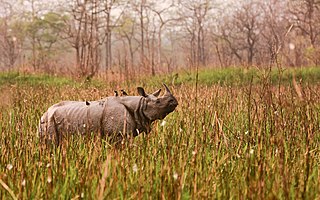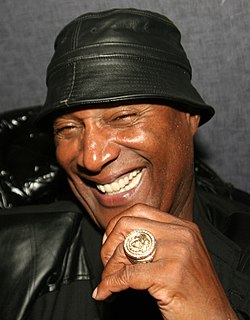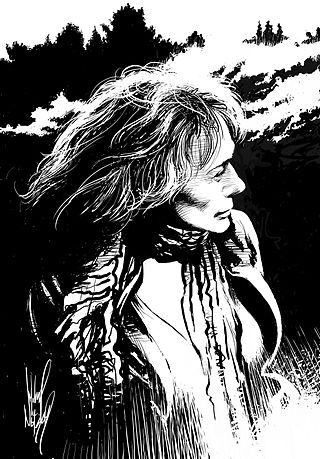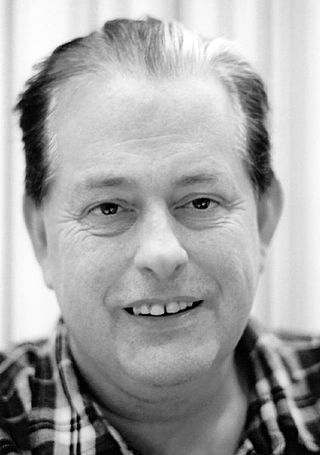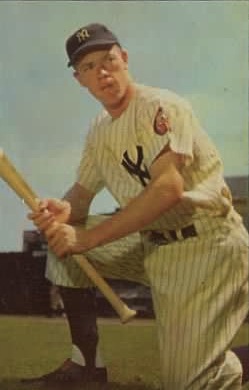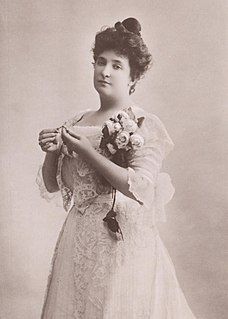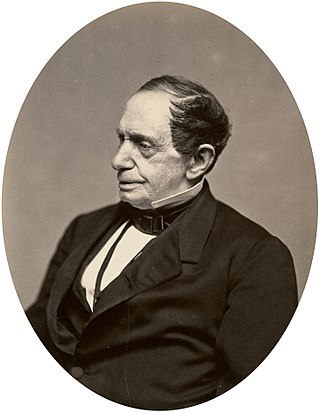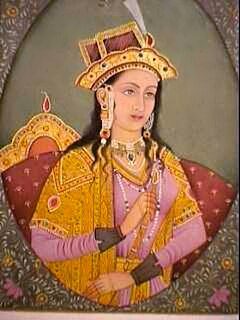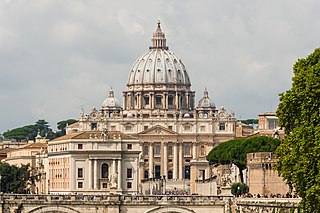
Wedding of Prince Harry and Meghan Markle
The wedding of Prince Harry and Meghan Markle was held on Saturday 19 May 2018 in St George's Chapel at Windsor Castle in the United Kingdom. The groom is a member of the British royal family; the bride is American and previously worked as an actress, blogger, charity ambassador, and advocate. On the morning of the wedding, Prince Harry's grandmother, Queen Elizabeth II, conferred upon him the titles of Duke of Sussex, Earl of Dumbarton and Baron Kilkeel. On her marriage, Markle became Her Royal Highness The Duchess of Sussex, Countess of Dumbarton and Baroness Kilkeel. Justin Welby, Archbishop of Canterbury, officiated at the wedding using the standard Anglican church service for Holy Matrimony published in Common Worship, a liturgical text of the Church of England. The traditional ceremony was noted for the inclusion of African-American culture.

























































